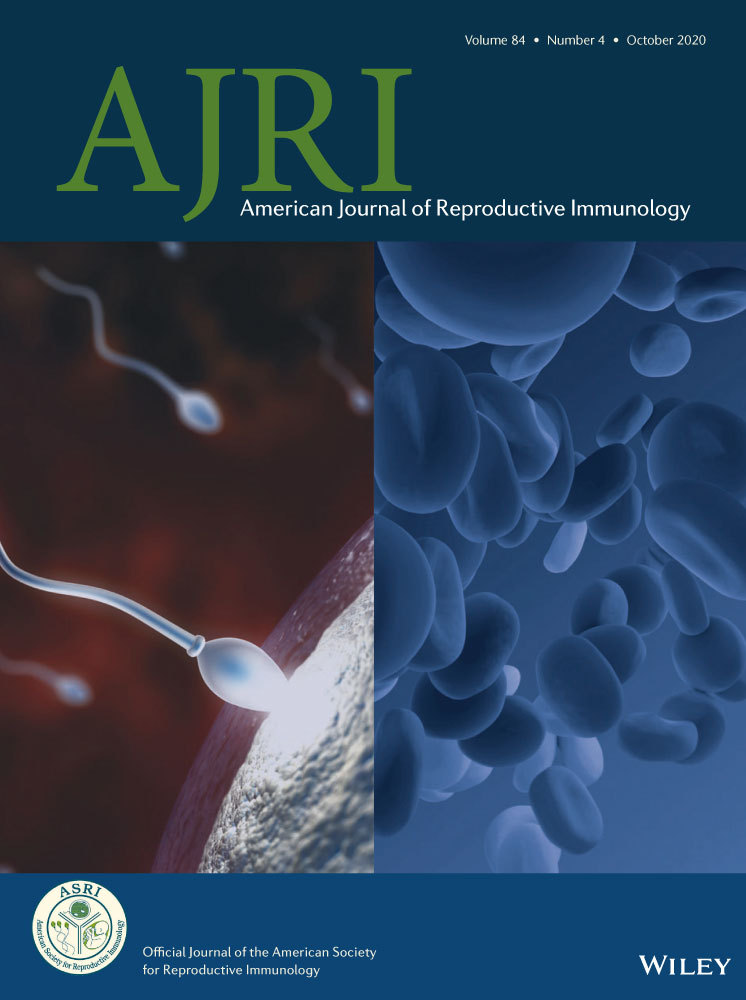Antinuclear antibodies in follicular fluid may reduce efficacy of in vitro fertilization and embryo transfer by invading endometrium and granular cells
Abstract
Problem
The mechanism(s) by which antinuclear antibodies (ANA) induce implantation failure are not clear, and little information regarding the function of autoantibodies in reproductive tissues is available.
Methods of Study
A total of 380 patients who underwent in vitro fertilization and embryo transfer (IVF-ET) were divided into control, serum positive, and follicular fluid (FF) positive groups based on the results of indirect immunofluorescence assay for ANA in the serum and FF. Immunofluorescence assay was performed to evaluate the existence of ANA in granular cells and endometrial tissues. Presence in FF of soluble apoptotic markers, including Bcl-2, Caspase-3, cleaved PARP, Cytochrome C, GAPDH, and p53, was assessed using magnetic bead based assays.
Results
The patients in the FF positive group had the lowest numbers of retrieved oocytes, fertilizations, and high-quality embryos. The fertilization rate, and the proportion of two pronuclear (2PN) embryos in patients in the FF positive group were significantly lower than those in the other two groups. The FF positive group also had the lowest clinical pregnancy rate, and the highest early miscarriage rate. Granulosa cells and endometrial tissues in patients in the FF positive group were ANA positive. High levels of BCL-2, Caspase-3, Cytochrome C, GAPDH, and p53 were found in the FF of patients in the FF positive group.
Conclusions
Antinuclear antibodies in FF and endometrial tissues may cause imbalanced apoptosis, resulting in poor IVF-ET treatment outcomes. Local autoimmunity and cell apoptosis in reproductive tissues could be considered new therapeutic targets for improving IVF-ET treatment efficacy.
CONFLICT OF INTEREST
We declare that we have no conflict of interest.




